Forget ‘Boosting’ Your Immune System. Let’s Build a Strong One for Good.
So, You’re Tired of Being Tired and Sick? Let’s Talk.
For years, I’ve had conversations with people who feel completely run down. They’re doing everything they’ve read online—chugging orange juice, trying every trendy supplement—but they still seem to catch every single bug that makes the rounds. The question I hear most often is, “What’s the one magic bullet for my immune system?”
In this article
And my answer is always the same: there isn’t one. Honestly, your immune system isn’t a light switch you can just flick on. It’s more like a complex, intelligent garden inside your body. To make it flourish, you have to tend to the entire ecosystem. It’s not about a quick “boost,” but about building what I call foundational immune health.
This is a long-term game, but the payoff is feeling good all year round, not just dodging the seasonal sniffles. But I get it, a ton of information can feel overwhelming. So, if you’re wondering where to even start, here’s my advice:

If you only do three things this week, make them these:
- Start sipping on a cup of high-quality bone broth each day.
- Add more garlic and onions to your meals (I’ll explain why in a bit).
- Go for a brisk 30-minute walk.
That’s it. Start there. Many people begin to notice they have a bit more energy and feel more resilient after about 4 to 6 weeks of consistent effort. It’s all about building smart, sustainable habits.
Your Immune System’s Headquarters is… Your Gut?
Yep, you read that right. Before we get into any fancy supplements or diets, we have to talk about your gut. It sounds weird, but somewhere around 70-80% of your immune cells actually live in your digestive tract. Think about it: your gut is one of the main gateways to the outside world, so it makes sense to have the guards posted right at the entrance. This internal defense network is constantly sampling everything that passes through to figure out what’s a friend (food) and what’s a foe (a pathogen).
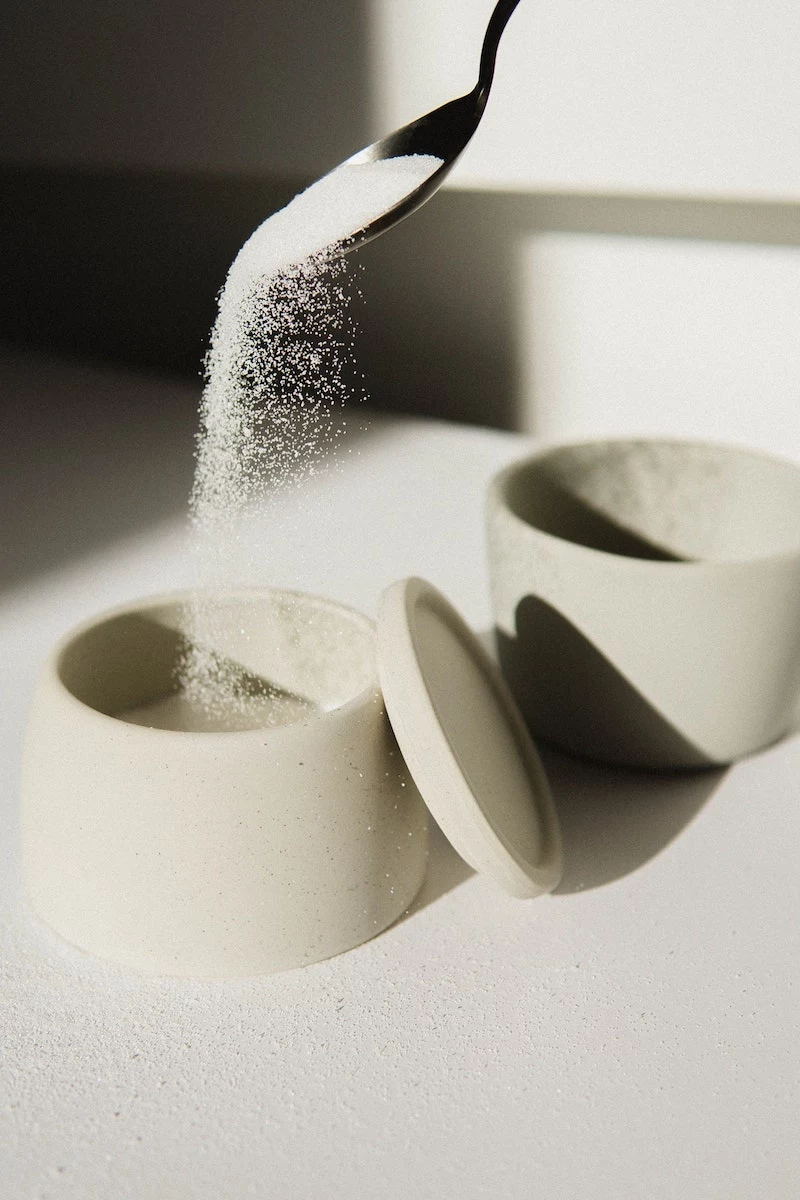
The strength of this defense system really boils down to two things: the health of your gut wall and the balance of the tiny microbes living inside it.
Your Gut Lining: The First Line of Defense
Imagine your gut lining is like a very fine-mesh screen held together by tiny protein “rivets.” This screen is brilliant; it lets fully digested nutrients pass into your bloodstream while blocking undigested food, toxins, and nasty bugs. But things like chronic stress, a diet heavy in processed foods, or even certain infections can damage those rivets. This can lead to a condition often called “leaky gut” (or increased intestinal permeability, if you want to get technical).
When that happens, larger particles sneak through the screen. Your immune system, just doing its job, sees these as invaders and launches an attack. This creates a low-level, simmering inflammation throughout your body, which can drain your immune resources and leave you vulnerable.
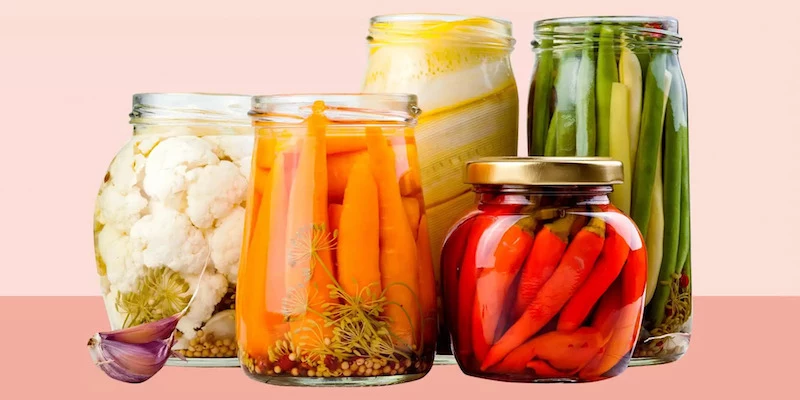
The Microbiome: Your Inner Army
Your gut is also home to trillions of bacteria, and they aren’t all bad guys. A diverse and happy community of good bacteria is crucial. They actually communicate with your immune cells, training them to tell the difference between a harmless piece of broccoli and a dangerous bacteria. When these good guys are outnumbered by the troublemakers (a state called dysbiosis), your whole system gets thrown out of whack.
So, our first job is always to repair that gut lining and nurture a healthy microbiome. It’s the bedrock of everything else.
The Food Toolkit: Fortifying Your Defenses
Food is, without a doubt, the most powerful tool you have. This isn’t about a restrictive diet; it’s about strategically adding in foods that give your body the right building blocks.
Probiotic Foods: Reseeding the Garden
Probiotics are the good bacteria themselves. Fermented foods are the best natural source. Think of them as bringing in reinforcements.
- Sauerkraut & Kimchi: These fermented cabbage powerhouses are amazing. A great budget-friendly option, since cabbage is so inexpensive. Look for them in the refrigerated section of the grocery store—the shelf-stable stuff has been pasteurized, which kills the good bugs.
- Kefir & Plain Yogurt: These offer different strains of beneficial bacteria. Always choose plain, unsweetened versions. Sugar just feeds the bad guys you’re trying to get rid of.
- Kombucha: It’s popular, but be a label detective! Many commercial brands are packed with sugar. Look for one with under 5 grams of sugar per serving, or have fun and brew your own.
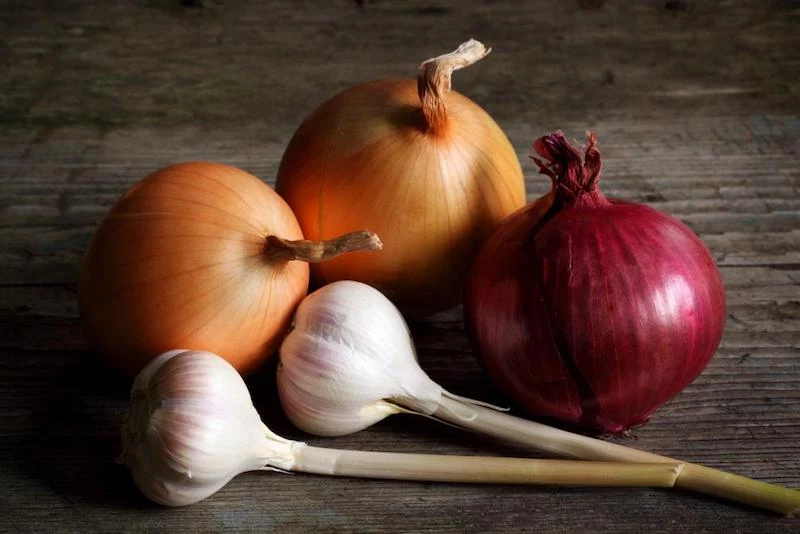
Heads up! A common mistake is going all-in on fermented foods too fast. If you get bloated or uncomfortable, it could be a sign your gut lining is too irritated. If that’s you, press pause on the ferments. Focus first on healing with things like bone broth and easy-to-digest, well-cooked vegetables. Then, you can reintroduce fermented foods very slowly, starting with just one tablespoon a day.
Prebiotic Foods: Fertilizing Your Good Bacteria
If probiotics are the seeds, prebiotics are the fertilizer. They’re types of fiber your good gut bugs love to eat.
- Garlic & Onions: These are my top two, and they’re super cheap! They are packed with prebiotic fibers. Quick tip for garlic: To maximize its immune-supporting compounds, crush a clove and let it sit on the cutting board for 10 minutes before you cook with it. This allows the beneficial compounds to fully form before heat hits them.
- Leeks, Asparagus, & Artichokes: Also fantastic sources. Roasting them is an easy and delicious way to add them to any meal.
- Slightly Green Bananas: They contain resistant starch, a fantastic prebiotic that feeds good bacteria.
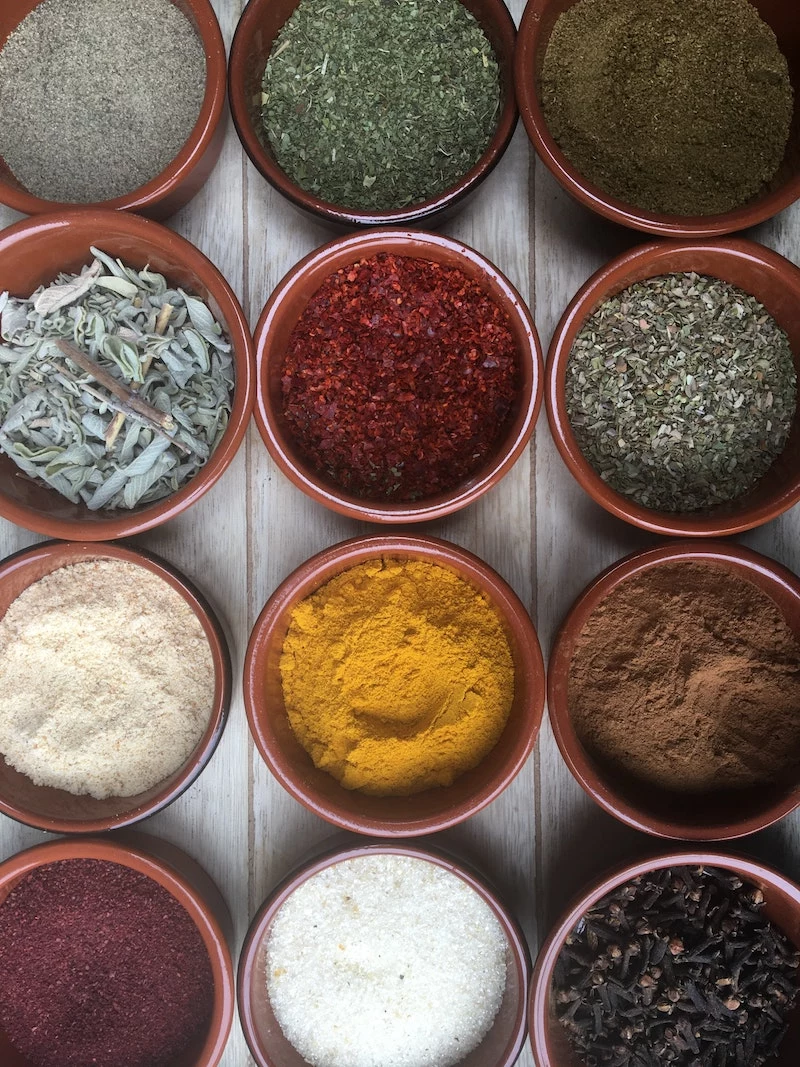
Bone Broth and Soothing Spices
Bone broth is a staple I recommend to almost everyone. It’s rich in compounds like collagen, gelatin, and amino acids that are the primary fuel for the cells of your gut lining. It directly helps to repair that leaky screen we talked about. Making it at home is incredibly cost-effective. A quick, no-fuss method is to toss chicken or grass-fed beef bones into a slow cooker, cover with water, add a splash of apple cider vinegar (to help pull out minerals), and let it simmer on low for 12-24 hours. If you buy it, check the label: you want to see “bones” as a main ingredient and at least 10 grams of protein per serving.
By the way, spices are an easy way to calm inflammation. Here’s my go-to
Inspirational Gallery

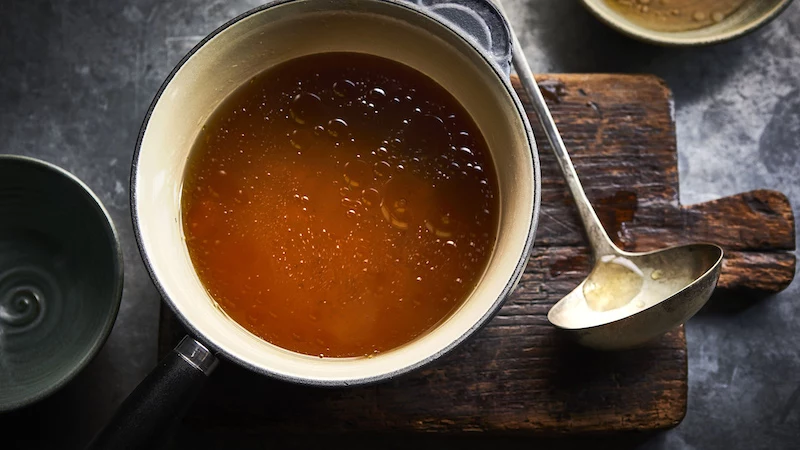
Can I just take a probiotic pill and call it a day?
While a high-quality supplement can be a great ally, think of it as targeted support rather than a complete solution. The real magic happens when you feed the good bacteria already in your gut. Supplements, like those from Garden of Life or Culturelle, often contain specific strains like Lactobacillus and Bifidobacterium that can help rebalance your system, especially after antibiotics. But for daily maintenance, nothing beats a diet rich in diverse, fiber-filled plants—the preferred food for your unique microbiome.
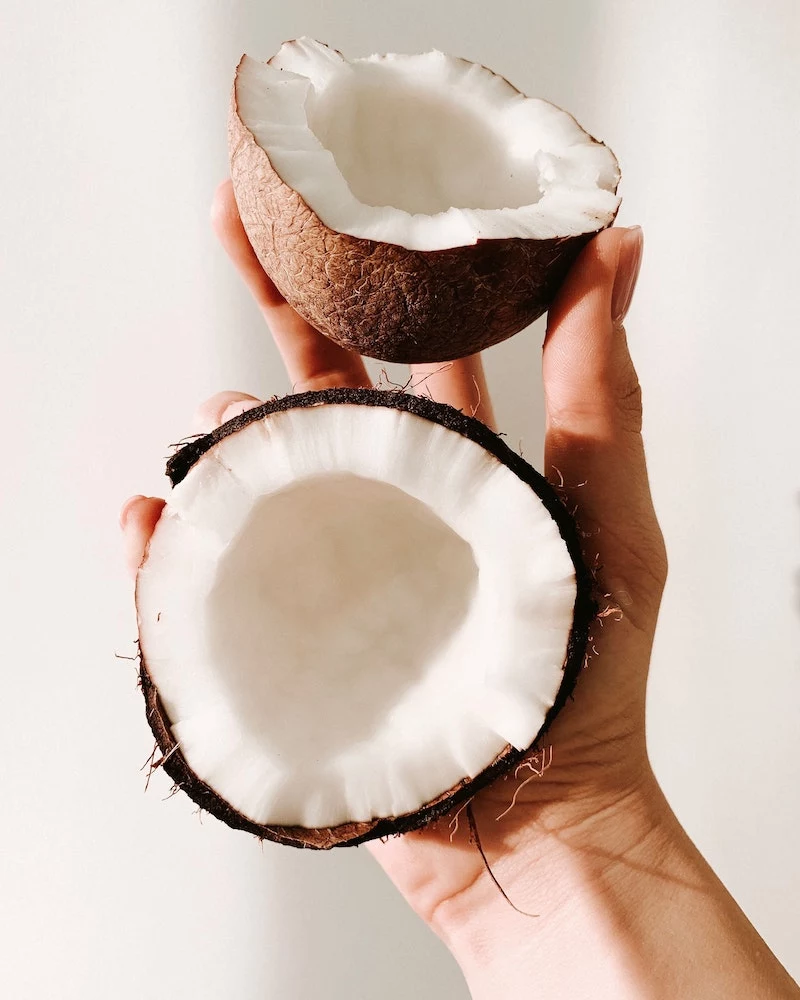
Just one week of camping, without any electronic devices, can reset our internal body clocks and sync our melatonin hormones with the sunrise and sunset.
This finding highlights how deeply our immune cycle is tied to natural light. Getting just 15-20 minutes of morning sunlight on your skin and in your eyes (without staring directly at the sun!) helps regulate your cortisol and melatonin rhythm, which is fundamental for both quality sleep and a well-functioning immune response.
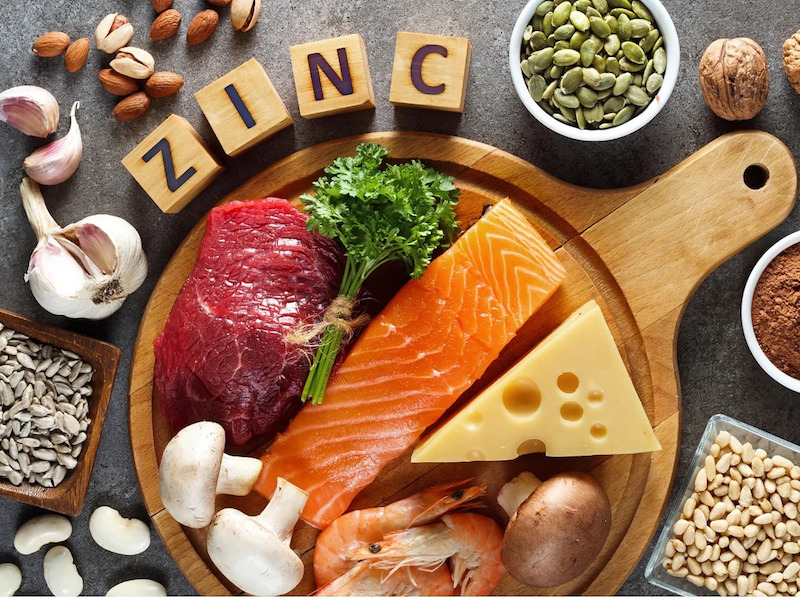
Beyond garlic and onions, don’t overlook the power of medicinal mushrooms. They are true immune modulators, meaning they help your system intelligently adapt—amping up when needed and calming down to avoid overreaction.
- Shiitake: Not just for stir-fries, these mushrooms contain lentinan, a compound known to support white blood cell function.
- Reishi: Often called the “mushroom of immortality,” it’s prized in traditional medicine for its calming properties and ability to support a balanced immune response.
- Turkey Tail: Rich in polysaccharopeptides (PSK and PSP), it’s one of the most-researched mushrooms for powerful immune activation.
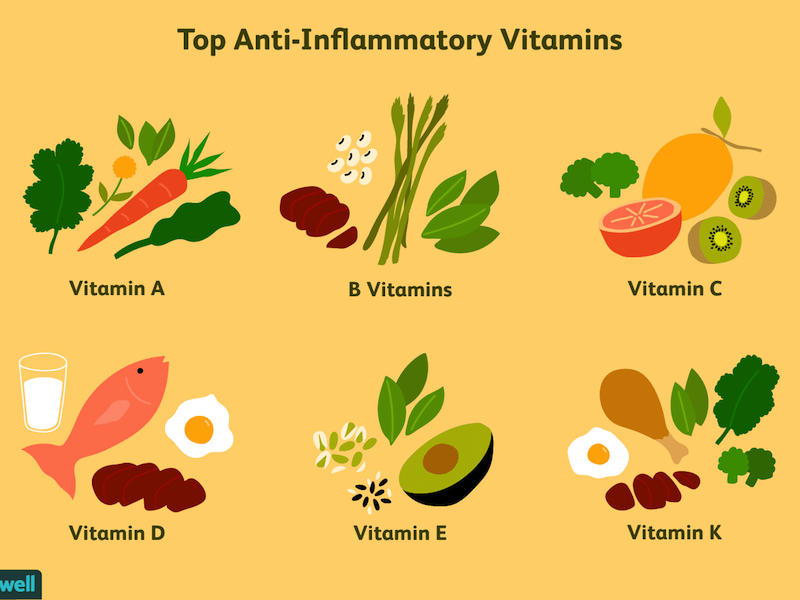
Important note on sugar: It’s not just about empty calories. Consuming high amounts of refined sugar can temporarily suppress your immune cells’ ability to fight off bacteria. The effect can begin within 30 minutes of consumption and last for several hours. This is why a day of indulging in sweets can sometimes precede catching a cold—you’re essentially lowering your shields.
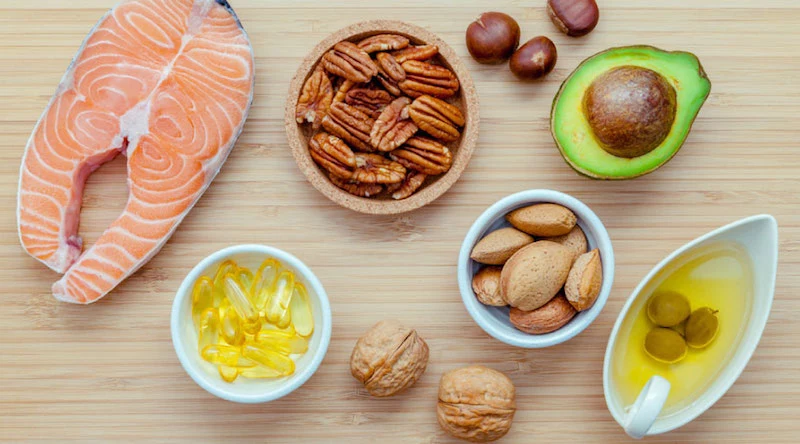
Kefir: This fermented milk drink is a probiotic powerhouse, often containing up to 60 different strains of beneficial bacteria and yeasts. Its consistency is similar to a thin yogurt, making it a potent addition to smoothies.
Kombucha: A fermented tea, its primary benefits come from organic acids and antioxidants produced during fermentation. While it contains some probiotics, the diversity is typically less than kefir. Brands like GT’s Synergy offer raw, unpasteurized options.
For a daily gut-flora boost, kefir has the edge. For a bubbly, antioxidant-rich alternative to soda, kombucha is a fantastic choice.
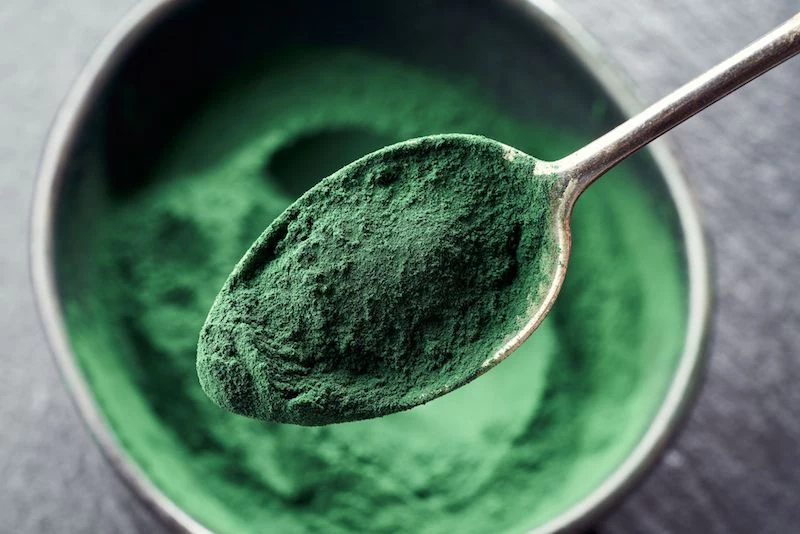
- A more robust defense against pathogens.
- Reduced inflammation throughout the body.
- Improved circulation of immune cells.
The secret? A simple glass of water. Proper hydration is crucial for maintaining the mucosal barrier in your respiratory tract and gut, making it harder for viruses and bacteria to take hold. It also supports lymphatic drainage, the system that transports immune cells and clears out waste.
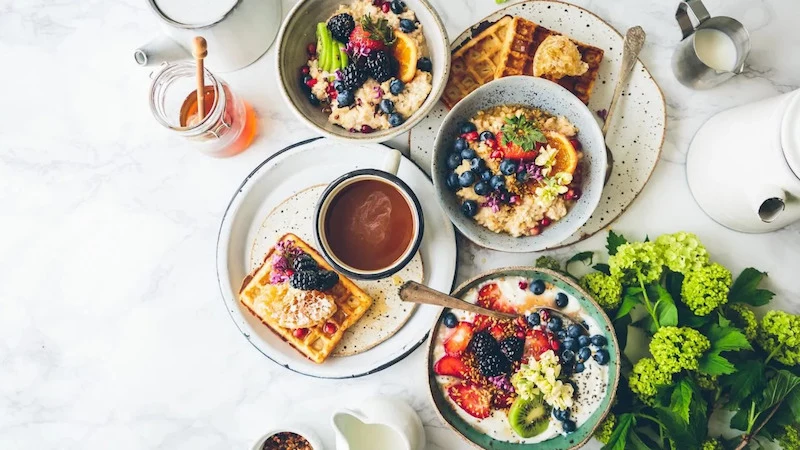
A single night of poor sleep (4-5 hours) can reduce the activity of your body’s natural killer cells—a type of white blood cell that deals with viral infections—by as much as 70%.
When you feel a tickle in your throat, think color. Specifically, think of the deep purple and red hues found in elderberries, blackcurrants, and blueberries. These berries are packed with anthocyanins, a class of flavonoids that have been shown to prevent viruses from entering cells and replicating. A daily handful or a teaspoon of high-quality elderberry syrup during cold season can provide a powerful protective shield.










